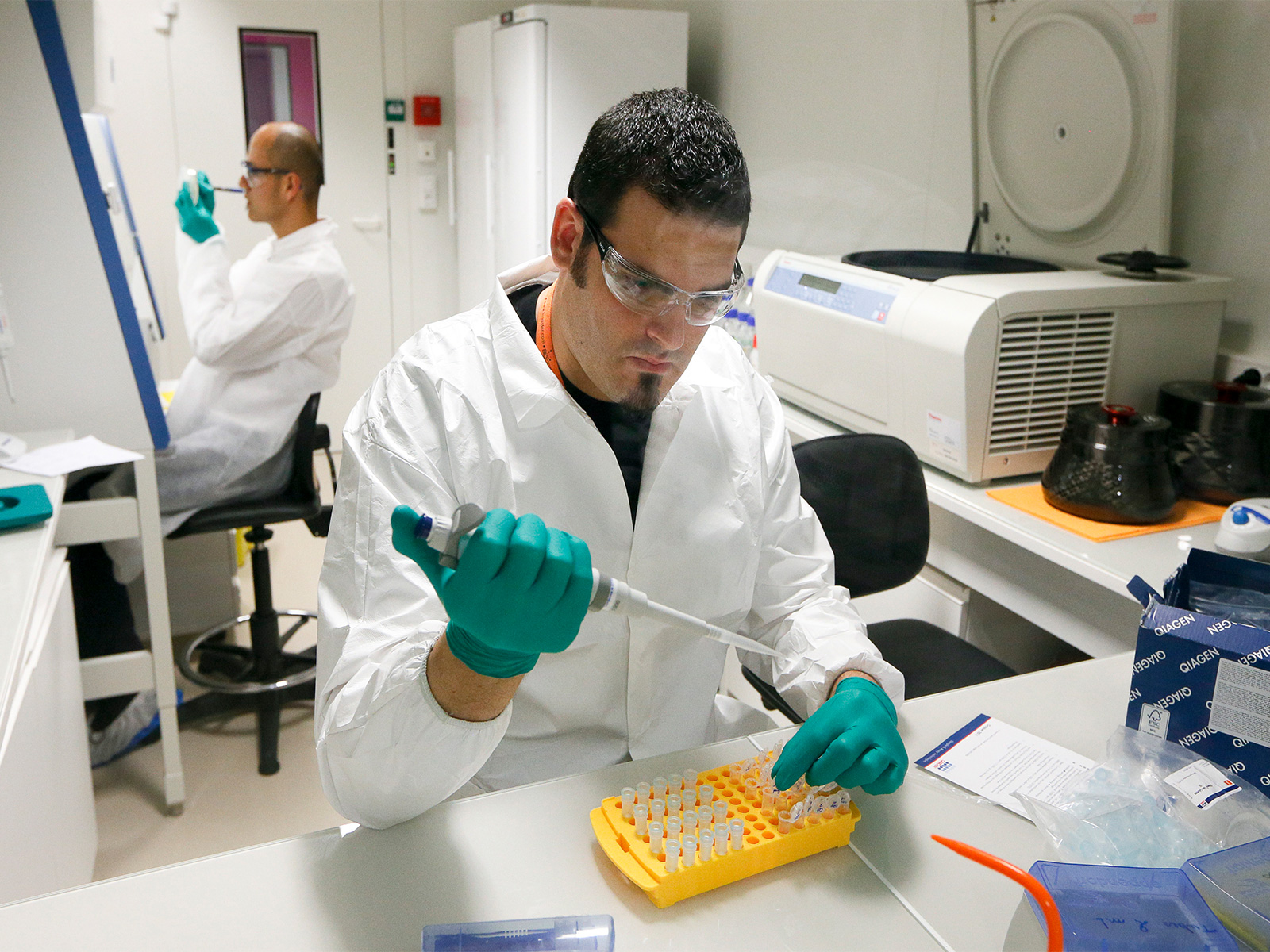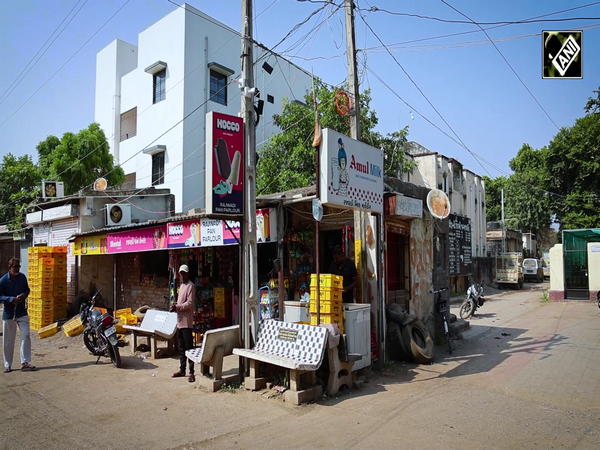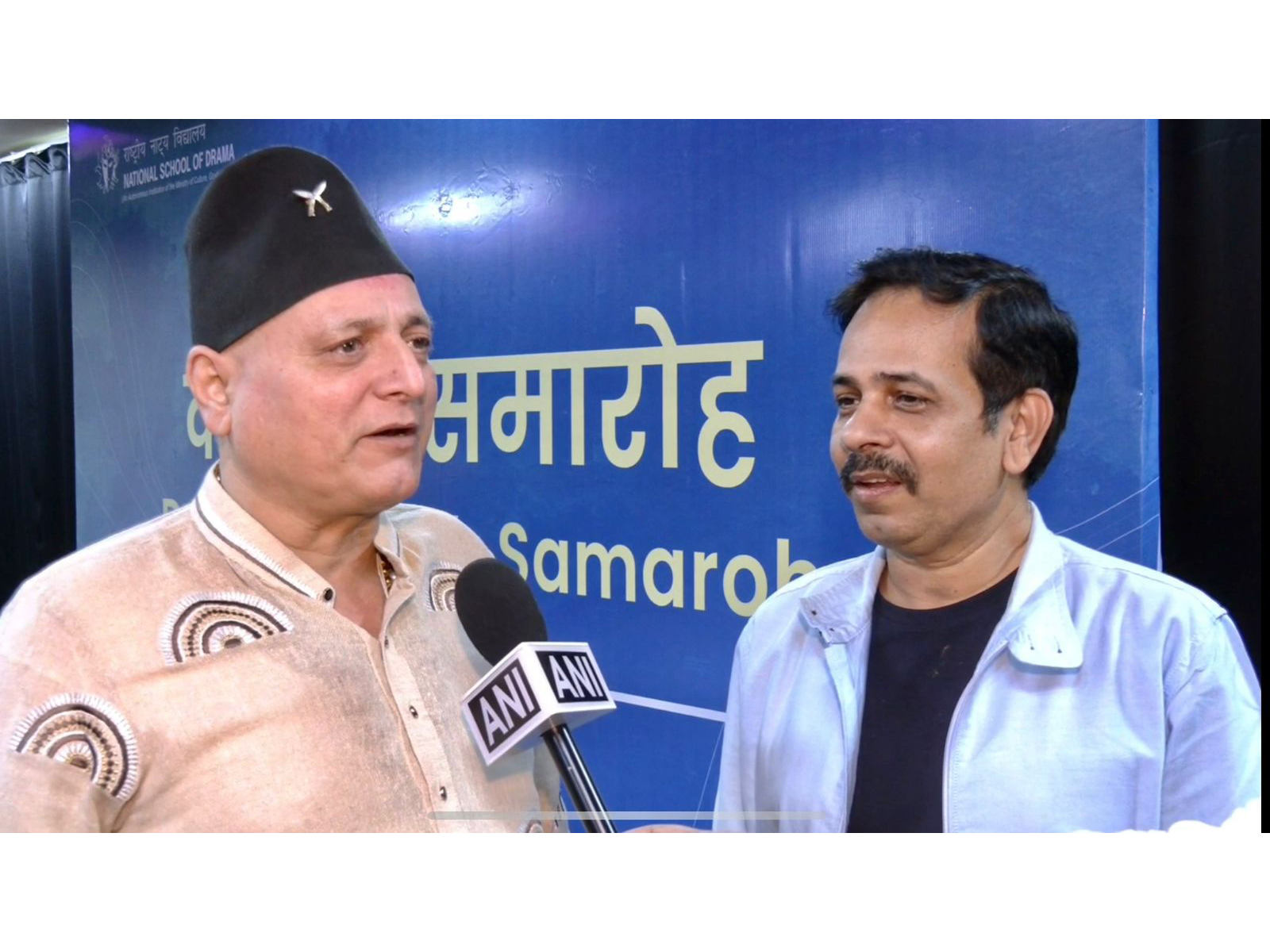
India shows lower MRSA, VRE rates than US and Europe despite MDR findings: Official sources
Nov 19, 2025
By Shalini Bhardwaj
New Delhi [India], November 19 : India has lower MRSA and VRE rates than the US and Europe, despite a high prevalence of multidrug-resistant organisms (MDROs), according to official sources.
This comes after a Lancet study found 83.1% of Indian ERCP patients were colonised with MDROs, but this doesn't imply clinical infection or treatment failure.
Official sources from the National Centre for Disease Control (NCDC) caution against misinterpreting the data and highlight the importance of surveillance, infection control, and stewardship. NCDC have also stated that the data pertain to a high-risk clinical cohort rather than the general population.
The international, multicentre cross-sectional study, conducted across tertiary care centres in the Netherlands, India, Italy and the USA, reported that 83.1% of Indian ERCP patients were colonised with at least one MDRO.
The study's findings are specific to high-risk patients with comorbidities and frequent healthcare exposure, and can't be generalised to the broader population.
According to the official sources, "colonisation indicates only the presence of organisms and does not imply clinical infection or treatment failure."
"These findings pertain to a particular group of patients who already have multiple comorbidities, frequent healthcare exposure and higher antibiotic use. They cannot be generalised to the broader Indian population or routine healthcare scenarios," stated official sources.
Contrary to concerns of widespread antimicrobial resistance (AMR), the study also indicates that India recorded significantly lower prevalence of methicillin-resistant Staphylococcus aureus (MRSA) (1.4%) and vancomycin-resistant Enterococci (VRE) (7.4%) compared to the US and parts of Europe, signalling the effectiveness of containment strategies for gram-positive infections in the country.
Experts further pointed out, "The study does not report higher ERCP-associated infection or mortality risk among Indian patients, reinforcing that high colonisation rates do not necessarily translate into adverse clinical outcomes."
The NCDC experts further added that specific comparisons drawn between India and countries with lower infectious disease burdens may not reflect contextual realities.
"Microbial resistance trends vary across regions and must be understood in light of differential population density, morbidity patterns and healthcare access. The study itself recommends region-specific prevention strategies," they noted.
Officials cautioned against linking the findings to alleged excessive antibiotic use in India, clarifying that cross-sectional studies, such as the current one, cannot establish causation. Moreover, the study does not assess or report community-level spread of MDR organisms.
In conclusion, the NCDC expert reiterated the importance of interpreting such scientific data within a clinical context.
"While antimicrobial resistance remains a global concern, this study should not be misrepresented as a marker of systemic failure. The findings underscore the need for continued surveillance, infection control and stewardship, not alarmism."






















